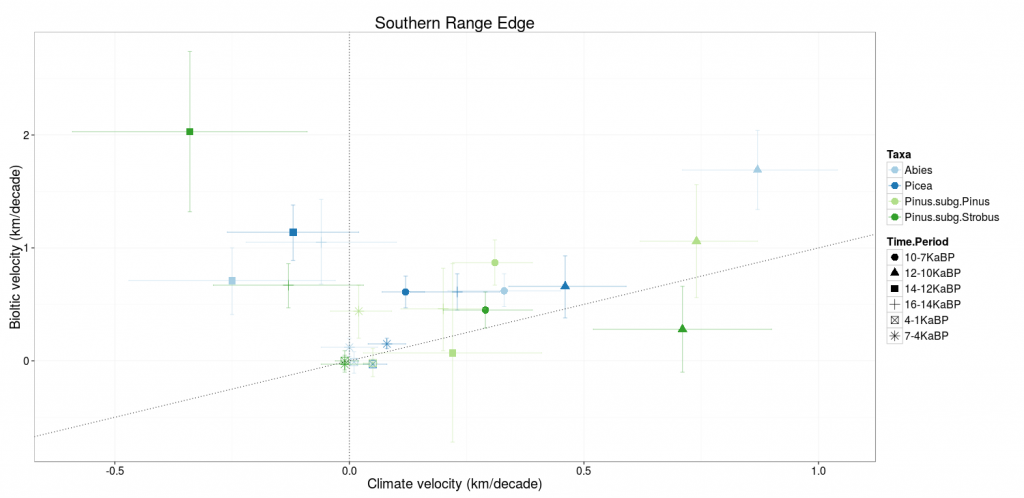My lab has started blogging about each other’s papers. People in our lab use quite a variety of techniques and have some pretty different research focuses. I love seeing my labmate’s work come together into a cohesive whole and I love digging into new (to me) techniques and ideas. I always learn a lot. In our blogging project, one person takes lead and writes a short summary of the paper and everyone else very briefly answers these questions:
- What’s your takeaway from the paper?
- What’s the coolest thing about it?
- What questions are you left with?
Joane started off the series in January and I followed this month talking about one of her papers.
The Homebrew Series: Inferring Demographic History With ABC, By Joane Elleouet And Sally Aitken
Want to know about the history of the populations you’re studying? Joane Elleouet and Sally Aitken see how far Approximate Bayesian Computation (ABC) and your sequencing method of choice can take you in a new paper in Molecular Ecology Resources. [more]
